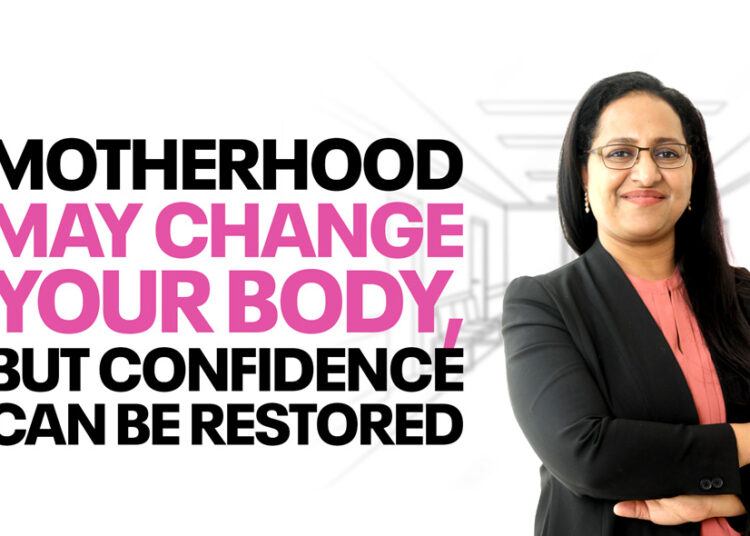New Delhi : For a vast country like India, it will not be possible to immunise everyone at one go. The nation-wide vaccination campaign against COVID-19 is, therefore, aiming to cover the most vulnerable, to begin with. Consequently, the Government has geared itself to cover healthcare workers, frontline workers, all citizens who are aged 50 and above, and those under 50 but have associated comorbid conditions.
The total number of persons to be covered in the first phase is estimated to be about 30 crore – one crore healthcare workers, two crore front line workers, 26 crore persons aged 50 and above, and one crore persons under the age of 50 with associated comorbid conditions.
The category of healthcare workers covers healthcare providers and workers in health care settings in both public and private sectors and includes workers under the Integrated Child Development Services scheme of the Ministry of Women and Child Development. The category of frontline workers covers personnel from State and Central police department, armed forces, home guards, prison staff, disaster management volunteers and civil defence organization, municipal workers and revenue officials engaged in COVID-19 containment, surveillance and associated activities.
The 50 and above population group is further subcategorized into those above 60 and those between 50 and 60, with priority given to the former section. The latest electoral roll for Lok Sabha and Legislative Assembly elections are used to identify this population. Age is calculated with 1st January 2021 as the cut-off date. Thus, anyone born on or before 1st January 1971 will be eligible for vaccination in the first phase.
As regards persons aged below 50 but with associated comorbidities, priority will be extended in a phased manner. The prioritization will depend upon the disease incidence and prevailing pandemic situation.
A systemic line listing mechanism has been created for different priority groups. For health workers, a standard template provided to the states and central ministries is used to collect the data of the workers engaged in various health facilities/institutions (public and private).
For frontline workers, customized templates were developed in consultation with nodal officers of the concerned Ministries. The states and the central ministries’ nodal officers have been trained by a team from United Nations Development Programme on how to create the databases.
A detailed operation guideline prepared by the Government provides States and the Union Territories flexibility to do priority phasing of the roll-out for the identified priority groups in identified geographical areas where the COVID-19 infection prevalence may be high. Further, it provides for setting up special mobile teams for hard-to-reach areas, underserved areas, migratory populations areas, international borders or areas affected by left-wing extremism.
Once the beneficiary registration and upload process were completed by the Central and State Ministries/Departments, District Collectors or District Magistrates allocated them to different vaccination centres. (India Science Wire)











